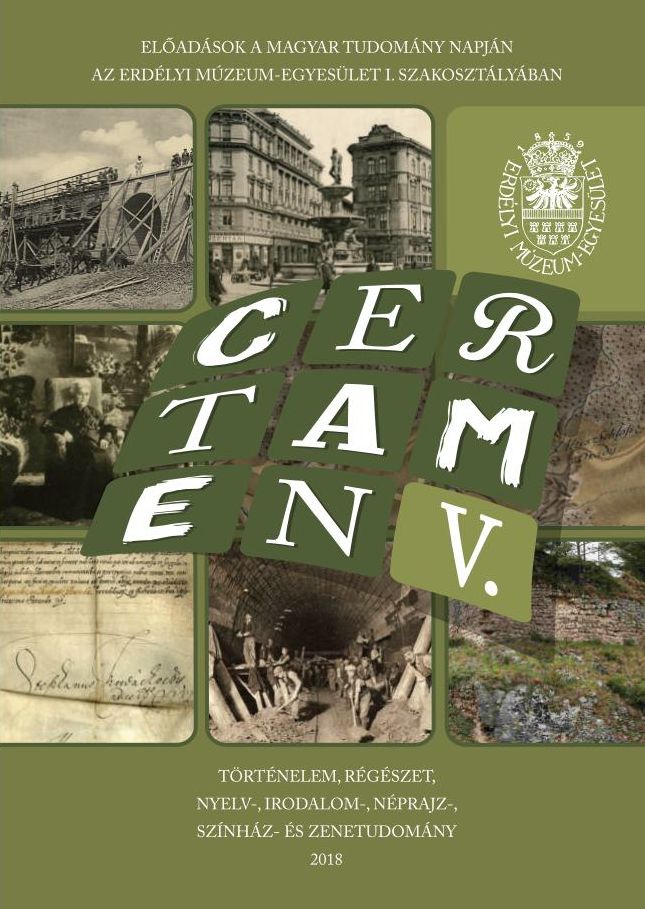Sertéstartás, sertéshúsfogyasztás Nagybányán a 17–19. században
Pig Farming and Pork Consumption in Baia Mare (Nagybánya) Between the 17th and The 19th Centuries
Author(s): Kálmán Zsolt SütőSubject(s): Economic history, Local History / Microhistory, Social history, 17th Century, 18th Century, 19th Century
Published by: Erdélyi Múzeum-Egyesület
Keywords: Baia Mare; pig farming; pork; bacon; Butchers’ Guild;
Summary/Abstract: The study examines the pig farming techniques and the pork consumption in Baia Mare (Nagybánya) between the 17th and the 19th centuries. The most important sources of the study are the guild books and the statutes of the Butchers’ Guild, the municipal accounts, the records of public administration and the records of council meetings. Until the middle of the 18th century there had been extensive pig farming in Baia Mare, the intensive pig farming techniques had been started to appear after that period. The pork was the most expensive type of meat, and until the middle of the 19th century was consumed seasonally, from autumn till spring. Salted meat, bacon and ham were consumed all year long. The bacon was the most important part of the pig, and played a very significant role in the alimentation of the lower classes. The upper classes used it for cooking. The pork consumption became widely spread by the middle of the 19th century.
Journal: Certamen
- Issue Year: 2018
- Issue No: V
- Page Range: 195-206
- Page Count: 12
- Language: Hungarian

